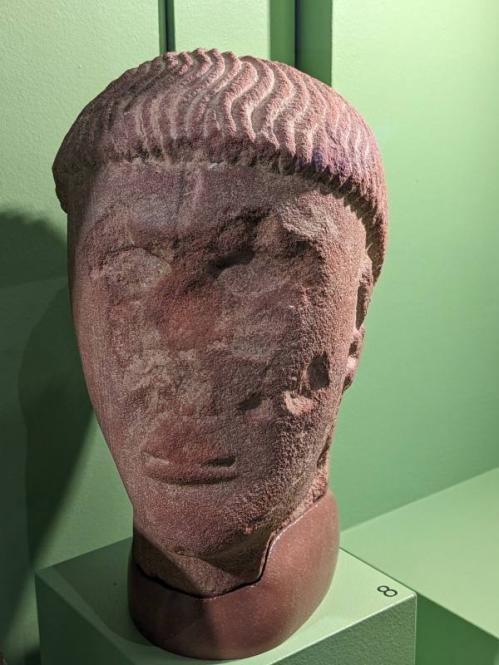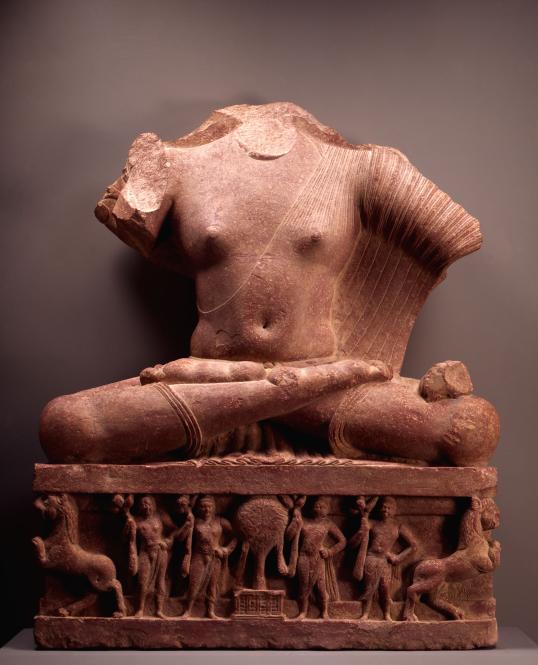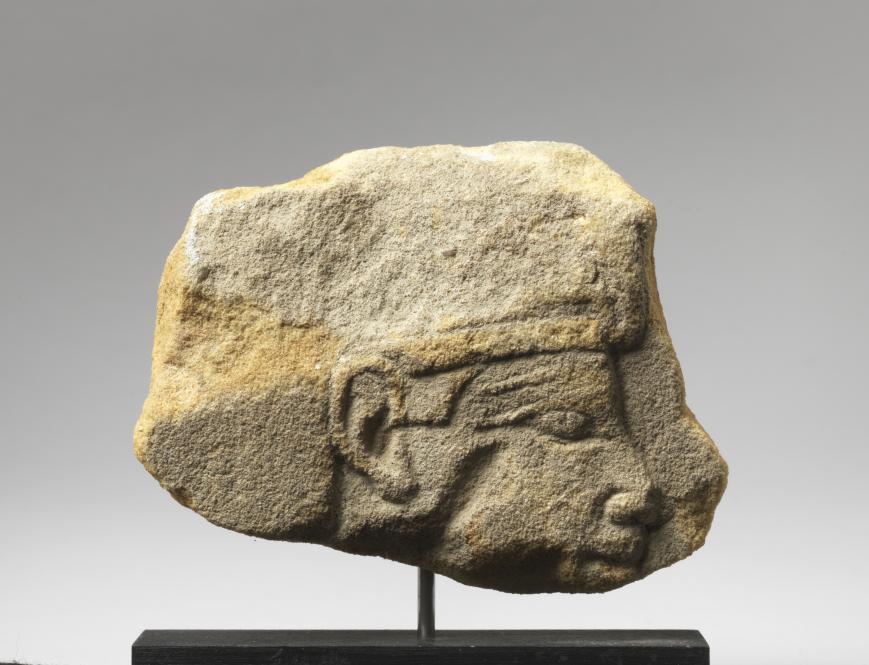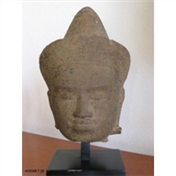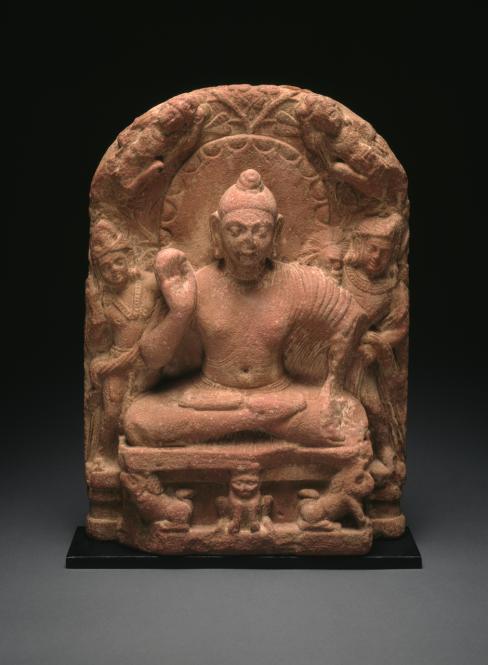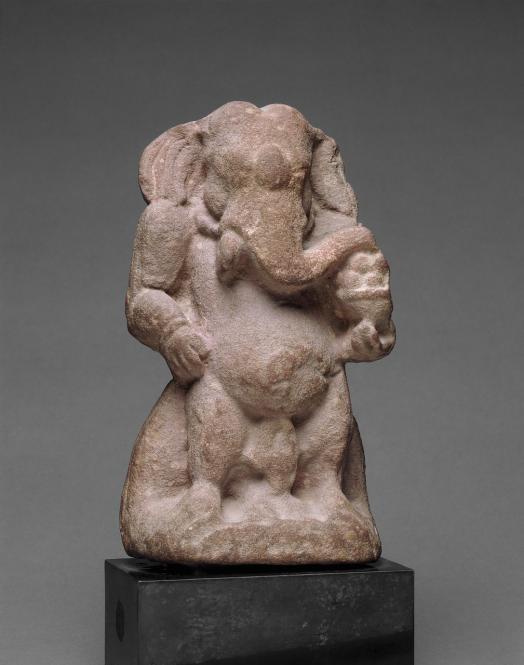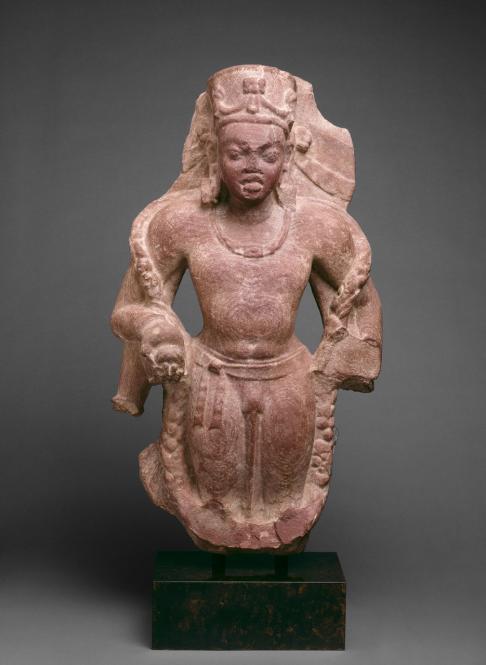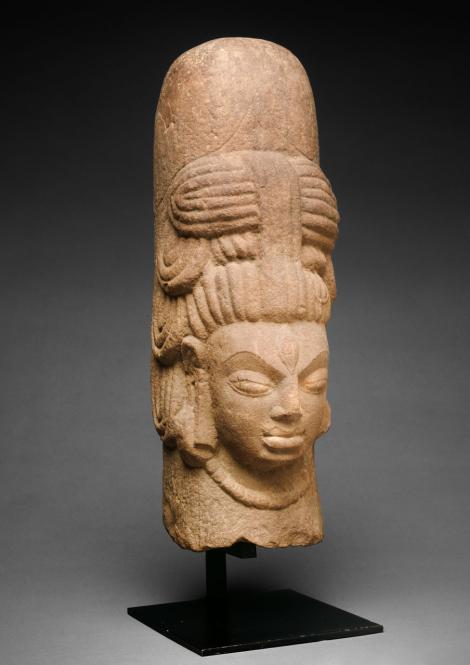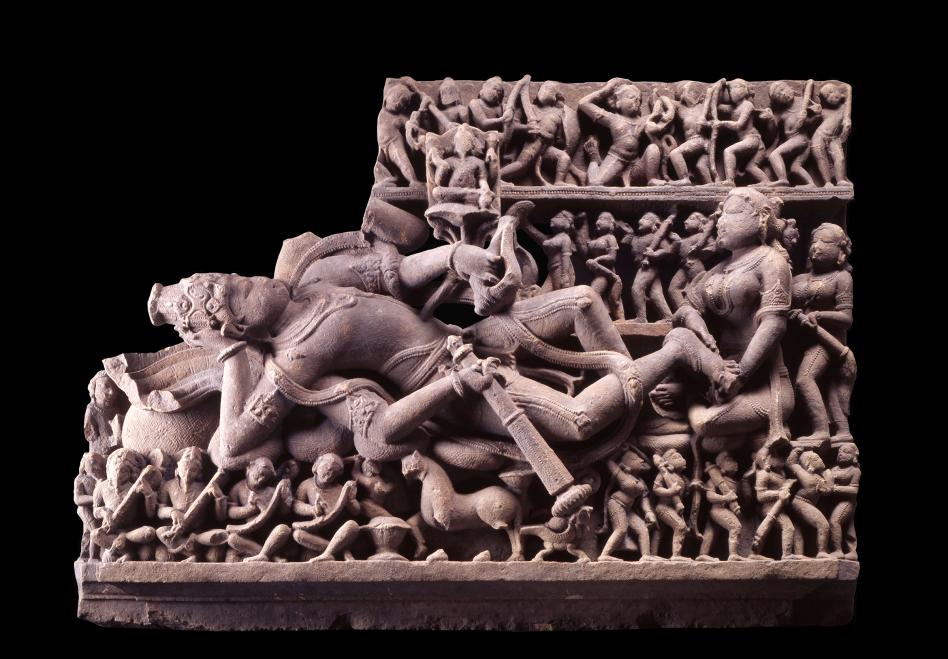Provenance Information
With John Siudmak, London, by Apr. 15, 1983 [this and the following according to receipt from John Siudmak, Apr. 15, 1983; copy in curatorial object file]; sold to James W. Alsdorf (1913–1990) and Marilynn B. Alsdorf (1925–2019), Winnetka and Chicago, IL, Apr. 15, 1983; by descent to Marilynn B. Alsdorf, Chicago, 1990 [on long-term loan, Washington, D.C., Arthur Sackler Museum of Art, 1992–96; publicly promised as a gift to the Art Institute of Chicago, 1997; signed a promised gift agreement for the work, 2002]; given to the Art Institute of Chicago, 2021.
Exhibition Information
Los Angeles County Museum of Art, Light of Asia: Buddha Sakyamuni in Asian Art, Mar. 4–May 20, 1984, cat. 75; The Art Institute of Chicago, June 30–Aug. 26, 1984; The Brooklyn Museum, Nov. 1, 1984–Feb. 10, 1985.
Washington, DC, Arthur Sackler Museum of Art, Sculpture of South and Southeast Asia, Nov. 19, 1993 –Jul. 11, 1996, no cat.
Art Institute of Chicago, A Collecting Odyssey: Indian, Himalayan, and Southeast Asian Art from the James and Marilynn Alsdorf Collection, Aug. 2–Oct. 26, 1997, cat. 100.
Hong Kong, University Museum and Art Gallery, The University of Hong Kong, In the Footsteps of Buddha: An Iconic Journey from India to China, Sept. 25–Dec. 15, 1998, cat. 21.
Memphis, TN, The Memphis Brooks Museum of Art, Realm of the Gods: Masterpieces of Indian Sculpture from The Art Institute of Chicago and The Alsdorf Collection, Apr. 30–Jul. 23, 2000, no cat.
Publication Information
Stanislaw J. Czuma with the assistance of Rekha Morris, Kushan Sculpture: Images from Early India (Cleveland: The Cleveland Museum of Art, 1984), 66.
Pratapaditya Pal, Light of Asia. Buddha Sakyamuni in Asian Art (Los Angeles: Los Angeles County Museum of Art, 1984), 192, cat. 75.
Pratapaditya Pal (ed.), Indian Sculpture: A Catalogue of the Los Angeles County Museum of Art Collection (Los Angeles: LACMA/University of California, 1986), 1:181.
Pratapaditya Pal (ed.), A Pot–Pouri of Indian Art. (Bombay: Marg Publications, 1988), 4–5, figs. 3–4.
Milo Beach, The New Cambridge History of India: Mughal and Rajput Painting (New York: Cambridge University Press, 1992), 107, cat. 77.
Pratapaditya Pal with contributions by Stephen Little, A Collecting Odyssey: Indian, Himalayan, and Southeast Asian Art from the James and Marilynn Alsdorf Collection (Chicago: The Art Institute of Chicago in association with Thames and Hudson, 1997), 86–7 (ill.), 293–94, cat. 100.
Woodman Taylor, “Portability and Practice: Valences of Early Buddhist Visual Language,” Orientations 28.7 (July/Aug. 1997): 38–41, fig. 1a.
Jerome M. Eisenberg, “Indian and Southeast Asian Art from the Alsdorf Collection: A Collecting Odyssey,” Minerva 8:5 (Sept. /Oct. 1997): 15–18, fig. 1.
Rajeshwari Ghose, In the Footsteps of the Buddha: An Iconic Journey from India to China (Hong Kong: University Museum and Art Gallery, The University of Hong Kong, 1998), 171, figs. 21a and b, cat. 21.
Madhuvanti Ghose, The Origins and Early Development of Anthropomorphic Indian Iconography (PhD Dissertation, School of Oriental and African Studies, University of London, 2002), 259, 333 (ill.).
Section of the AAMD Guidelines relied upon for the exception to 1970
Cumulative facts and circumstances
Explain why the object fits the exception set forth above
This acquisition falls within two exceptions: cumulative facts and circumstances as well as gift or bequest expected or on loan prior to 2008. First, the cumulative facts and circumstances known to the Art Institute of Chicago at the time of the acquisition allowed it to make an informed judgment to acquire the object. The object was purchased by James Alsdorf and Marilynn Alsdorf, Winnetka and Chicago, Illinois, in 1983 from John Siudmak, London, according to the receipt, a copy of which is in the curatorial files. Attempts to determine from whom John Siudmak acquired the object were unsuccessful. The object was first exhibited by the Los Angeles County Museum of Art in 1984, and traveled to the Art Institute of Chicago and the Brooklyn Museum. The object was exhibited in Washington, D.C. at the Arthur Sackler Museum of Art between 1993 and 1996, and also appeared in exhibitions at the Art Institute of Chicago in 1997, the Hong Kong University Museum and Art Gallery in 1998, and The Memphis Brooks Museum of Art in 2000. It was also publicly displayed at the Art Institute of Chicago in the Alsdorf Galleries of Indian, Southeast Asian, Himalayan and Islamic Art from 2018 to 2021. This object has been published in ten catalogs, books, and articles on South Asian Art since 1984: Kushan Sculpture: Images from Early India (1984), Light of Asia. Buddha Sakyamuni in Asian Art (1984), Indian Sculpture: A Catalogue of the Los Angeles County Museum of Art Collection (1986), A Pot–Pouri of Indian Art (1988), The New Cambridge History of India: Mughal and Rajput Painting (1992), A Collecting Odyssey: Indian, Himalayan, and Southeast Asian Art from the James and Marilynn Alsdorf Collection (1997), “Portability and Practice: Valences of Early Buddhist Visual Language” (1997), “Indian and Southeast Asian Art from the Alsdorf Collection: A Collecting Odyssey” (1997), In the Footsteps of the Buddha: An Iconic Journey from India to China (1998), and The Origins and Early Development of Anthropomorphic Indian Iconography (2002). In addition, the object will be the only example in the Art Institute’s collection of an early Buddha Shakyamuni with attendants seated under a tree from the Kushan period in Mathura, India, from the 2nd century CE. Second, the acquisition of the object was by gift and the object was on loan to the Art Institute prior to 2008. The Alsdorfs lent the object to the Art Institute of Chicago on July 15, 1997; Marilynn Alsdorf publicly promised the object as a gift to the museum in 1997; and the object joined a larger group of promised gifts in an agreement signed in 2002.
